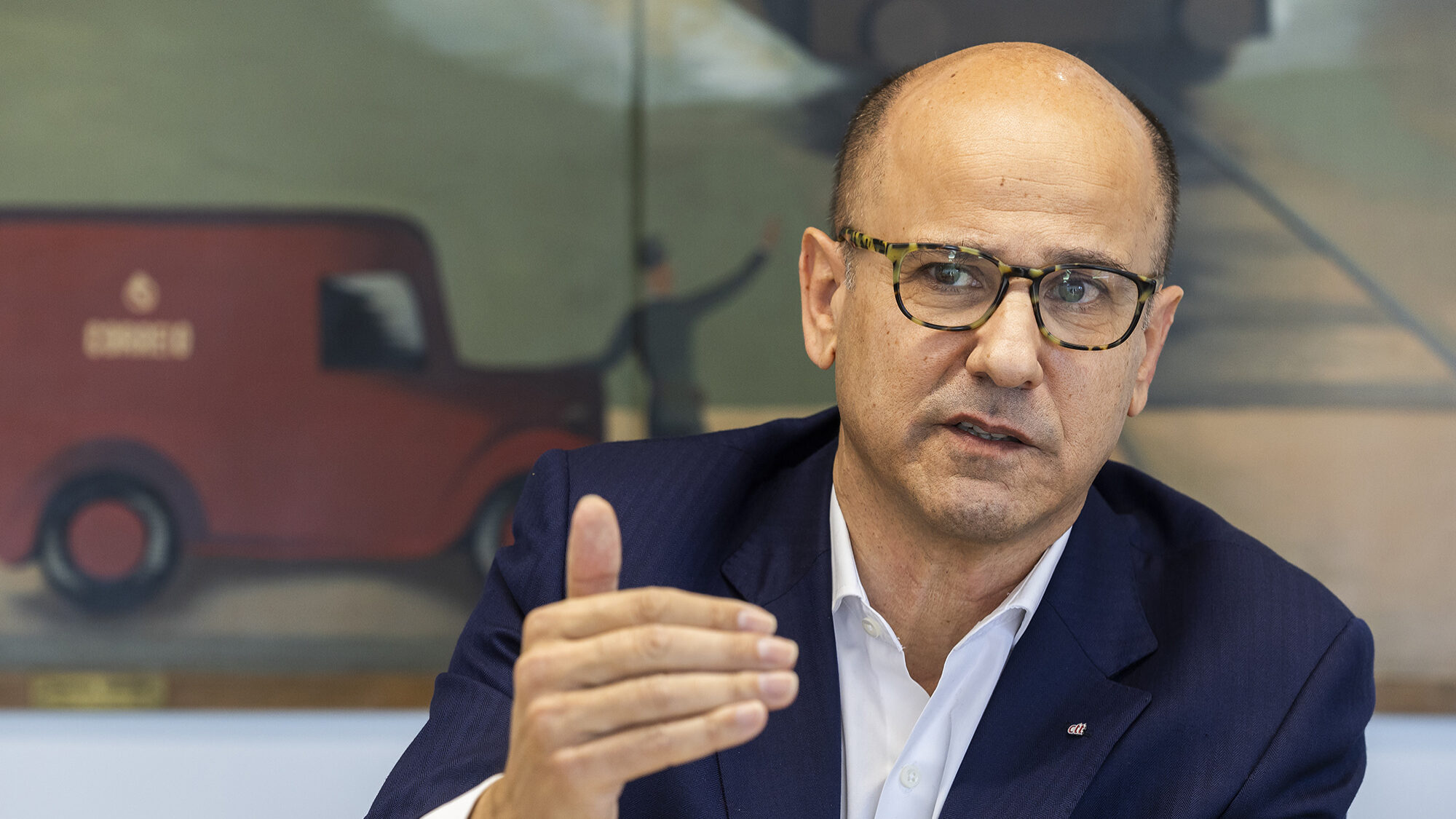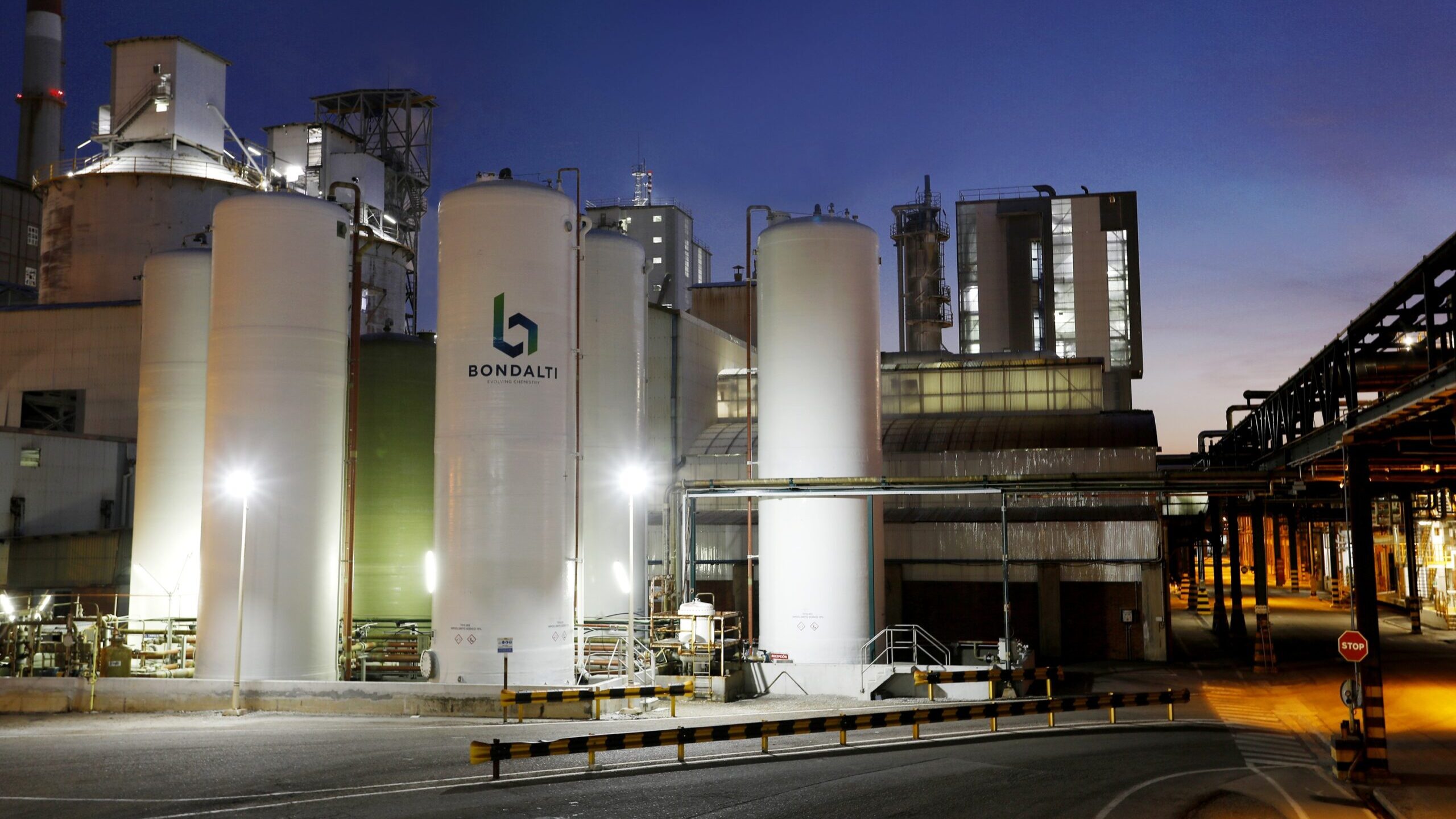After a rollercoaster year, EDP’s new plan will reaffirm its focus on the US
With the turbulence behind and the desired visibility achieved, Miguel Stilwell d'Andrade will highlight the US as EDP's growth engine, alongside investment in networks and batteries, ECO has learned.
On the 6th of November 2024, in the aftermath of Donald Trump’s victory in the US presidential elections, EDP Group shares plummeted on the Lisbon Stock Exchange. Punished (like the rest of the utilities sector) by the Republican’s long-standing aversion to “clean” energy, EDP Renováveis (EDPR) closed the session down 11.08% and its parent company EDP fell 7.10%. Exactly one year later, the CEO of the two companies is preparing to present a new strategic plan on Thursday which, according to ECO, will reaffirm the United States as a core market for the electricity company, as the main driver of investment and growth.
When Miguel Stilwell d’Andrade speaks to investors at the Capital Markets Day in London, the recent past will certainly tell the story of the rollercoaster ride the company has had to go through in the United States. From €11.07 a year ago, EDPR’s share price fell to €6.85 on 7 April, before recovering to €13.82 on 16 October. EDP, which controls 71.3% of the subsidiary, fell to €3.321 12 months ago before rising to €4.451 on 21 October. The parent company has accumulated a gain of almost 20% in the last 12 months, and Renováveis is already above water, with a gain of 1%. In 2025, the increases will reach 41.18% and 28.98%, respectively.
EDPR “well positioned” in the US
If, in March, Stilwell D’Andrade spoke of “turbulent months”, this Thursday he is expected to highlight the recovery and “visibility” that the electricity company now has regarding the improved outlook in the United States, according to ECO. The group’s share prices did not go unnoticed by investment houses, of course, with several cutting their recommendations in the final stretch of October, as the shares were already trading close to their maximum valuations.
CaixaBank, which owns Portugal’s BPI and cut the two companies’ ratings from ‘Buy’ to ‘Neutral’ (and raised target prices), took the opportunity to analyse whether the renewed optimism about renewables – following the approval in July of Trump’s ‘One Big and Beautiful Bill Act’, which provides for a multi-year extension of incentives for renewables in the US, offering clear visibility until 2030 – is still justified. The answer was clear. “Yes. Energy demand in the US is undergoing a shift, driven by the boom in data centres”, wrote analysts Pedro Alves and Flora Trindade in a note released on 31 October.
“Energy demand in the US continues to accelerate, driven by artificial intelligence-based data centres and electrification”, they added, noting that “despite tariff risks and regulatory noise, renewables remain the lowest-cost and fastest-to-deploy solution to meet this increased demand”.
In this context, they stressed that “EDPR is well positioned to capture rising PPA [Power Purchase Agreement, a long-term contract between an energy producer and a customer] prices and approve highly profitable projects in terms of NPV [Net Present Value]”.
“We expect positive surprises in new safe harbour projects this year – likely a multiple of the 1.5 GW secured by the end of fiscal year 2024, sustaining EDPR’s additions through 2030”, they added, warning, however, that potential capex inflation and supply chain constraints are risks to monitor.
Generation, batteries and networks
In addition to reaffirming the focus on the United States, alongside other core markets – Europe and Brazil – Miguel Stilwell d’Andrade will highlight, according to ECO, the group’s three priorities in terms of technology: renewable energy generation, investment in batteries for storage, and a commitment to distribution networks.
According to analysts at CaixaBank BPI, even an increase in investment in the regulated network business in the Iberian Peninsula and Brazil will not change investors’ perception of the company: “The new plan will probably feature a greater share of investment in networks, but not enough to change the equity story – EDP will continue to be committed to renewable energy.”
So what can we expect from the CEO’s presentation in London? For Pedro Alves and Flora Trindade, the short answer is as follows: “A disciplined investment plan with gradual deleveraging, preserving some flexibility in the balance sheet.”
“We forecast high double-digit growth in EDPR’s EPS [earnings per share] (compound annual growth of around 20%), but a stable trajectory in EDP’s net profit, which we believe is now well incorporated into consensus expectations”, they explained.
CaixaBank BPI analysts believe that “it is unlikely that the dividend policy will be revised” from 60%-70% and 30%-50% of adjusted net profit payout at EDP and EDPR, respectively. “The main unknown variables that remain are investment in distribution networks, gross additions in renewable energies and returns on asset turnover”, they pointed out.
Deutsche Bank, which cut its recommendations for the two EDP group stocks from ‘Buy’ to ‘Hold’ on 27 October, explained that it expects to see growth in networks at EDP level on Capital Markets Day, while at EDPR it expects to overcome the declines in the hydro business in Portugal and Spain, anticipating EBITDA of €5.16 billion, recurring net profit of €1.32 billion and net debt of €16.2 billion for 2028.
Regarding EDPR, analyst Olly Jeffery writes that the German bank also forecasts EBITDA of €2.25 billion, net profit of around €600 million and net debt of around €7 billion for 2028.




